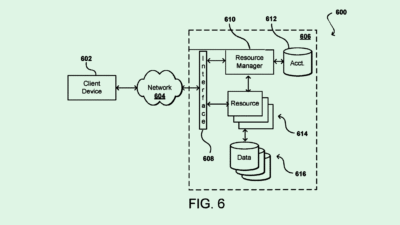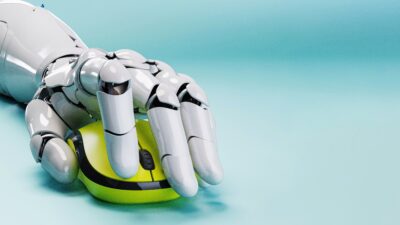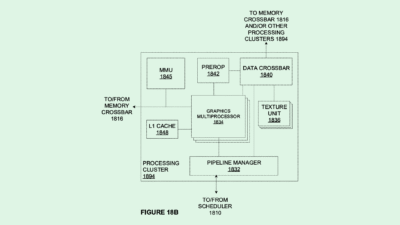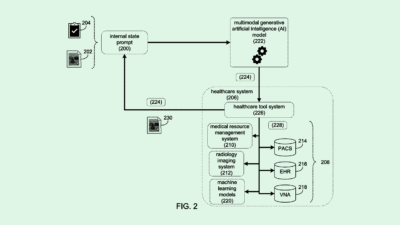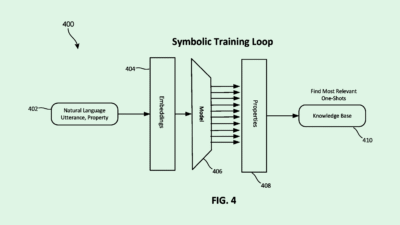Google Patent Helps You Fix Your Prompts
Making the most of large language models requires some guidance.
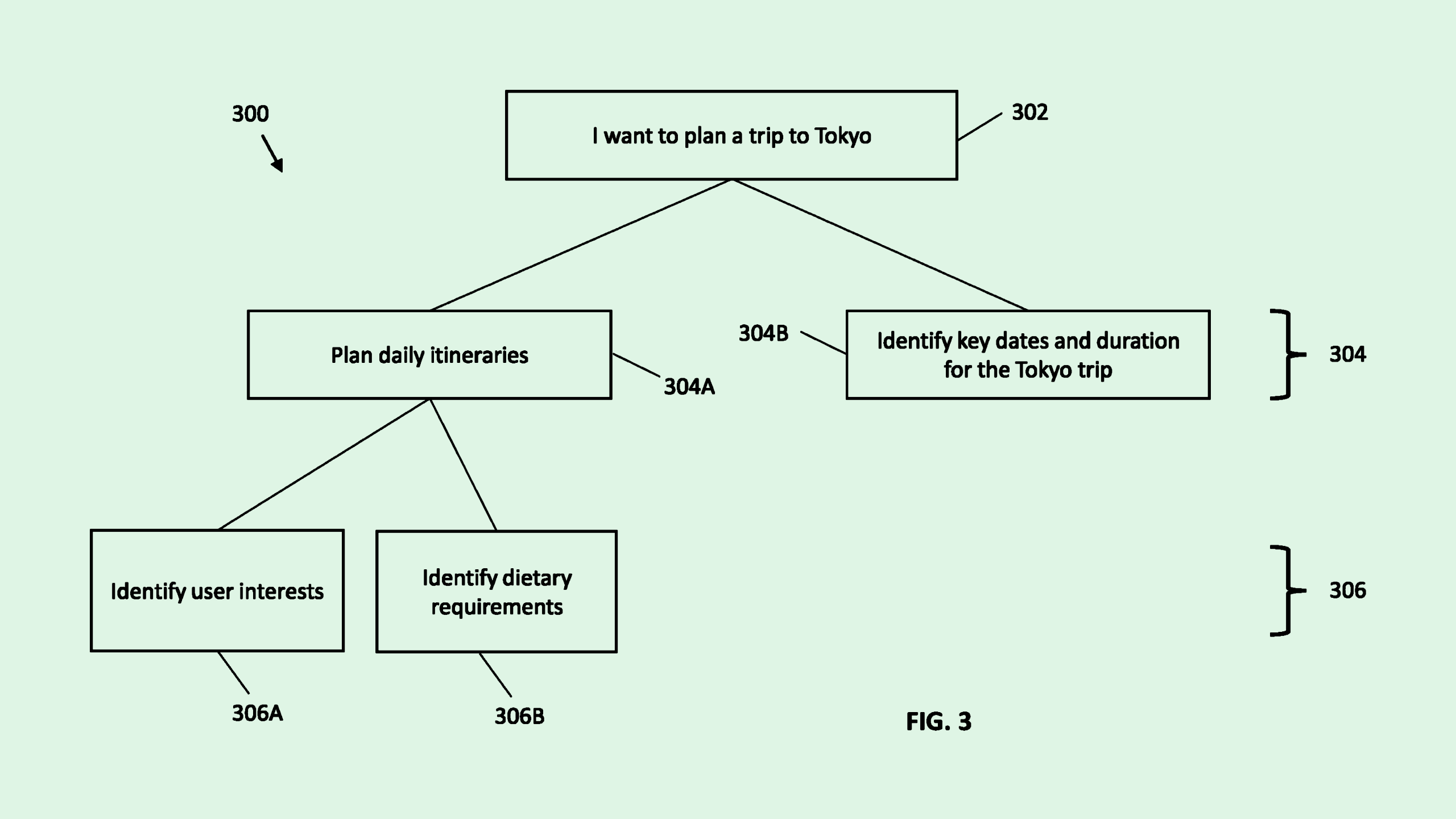
Sign up to get cutting-edge insights and deep dives into innovation and technology trends impacting CIOs and IT leaders.
With AI, you get out what you put in.
Google wants to help make those inputs a little sharper. The company is seeking to patent a system for “assisting users in interactions with large language models” that helps engineer prompts to achieve outputs that are more accurate and relevant.
“Complex input prompts — for example, prompts that contain multiple subtasks or refer to several entities — can be difficult for the LLM to handle effectively,” Google said in the filing.
Google’s system would help primarily by providing easy-to-use user interface elements that enable users to hone their inputs. When a user submits a query, Google’s system would break it down into sub-prompts that a user could interact with via tools such as drop-down menus or checkboxes.
For example, if a user asked for a breakdown of a company’s earnings report, the system might present sub-prompts asking them to check specific categories of interest, such as profits, losses or earnings forecasts.Those selections, along with the initial prompt, would then be fed to a language model to get a more refined response.
Google’s patent touches on a major issue as enterprises seek to deploy AI effectively: As powerful and transformative as AI models can be, making the most of them requires proper guidance.
Many employees want to leverage AI in their work, but lack the knowledge or skill to recognize where to start. In a survey by McKinsey, 48% of employees reported that they’d increase day-to-day usage of generative AI tools if they had formal training. Around 30% reported that explicit instruction from superiors on generative AI would incentivize them to use it.
While enterprise AI adoption is going to require a broader shift in employee training, tools such as the one detailed in Google’s patent application could offer a stepping stone for workforces to better leverage AI models as they make the transition.

